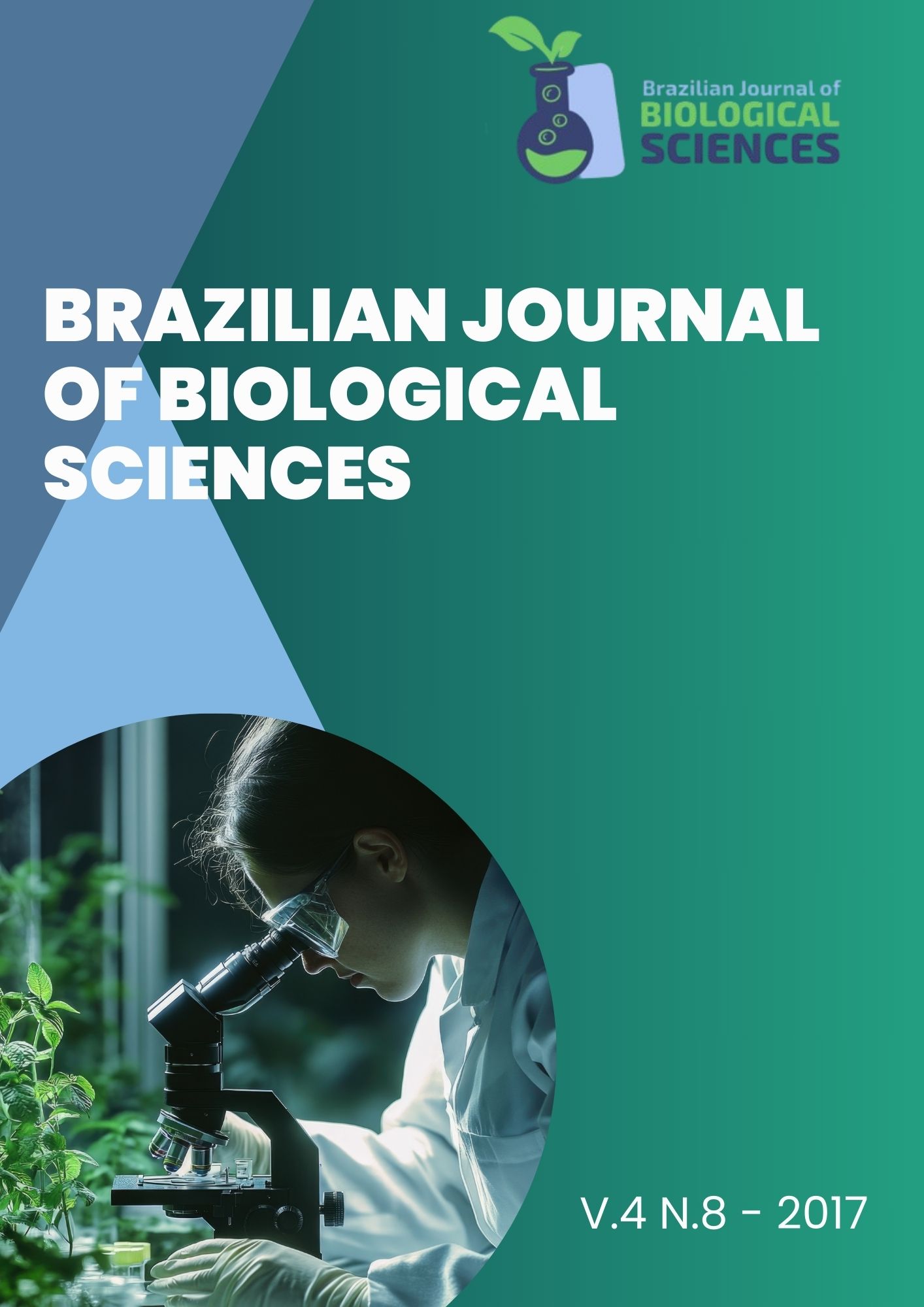Three crucial biological characteristics that’s required for sustaining the livelihood of prokaryote and eukaryote cells
Rishan Singh
e271
Since living organisms will always form an important part of the ecosystem, it’s imperative to achieve a view on how imbalances cause problems. The one way in attaining this view is by understanding the way in which cells behave in different environments, ranging from the native environment to...





